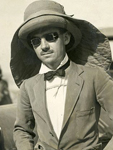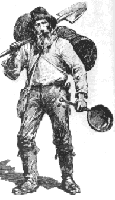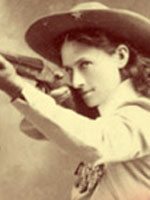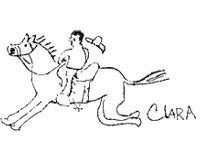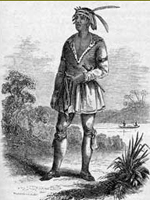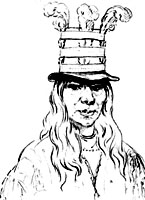Disability History Museum
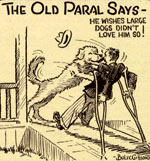
This ongoing project was designed to present materials on the historical experiences of those with disabilities. The website currently presents nearly 800 documents and more than 930 still images dating from the late 18th century to the present.
Subjects are organized according to categories of advocacy, types of disability, government, institutions, medicine, organizations, private life, public life, and personal names. Documents include articles, poems, pamphlets, speeches, letters, book excerpts, and editorials.
Of special interest are documents from the Roosevelt Warm Springs Institute for Rehabilitation Archives, including the Polio Chronicle, a journal published by patients at Warm Springs, Georgia, from 1931 to 1934. Images include photographs, paintings, postcards, lithographs, children's book illustrations, and 19th-century family photographs, as well as postcard views of institutions, beggars, charity events, and types of wheelchairs.
